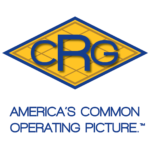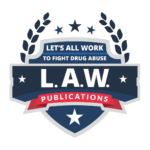
Article
2024 | Fall
The Long Arc of Professionalism
Dr. Tony Kern
Article
2024 | Fall
The Long Arc of Professionalism
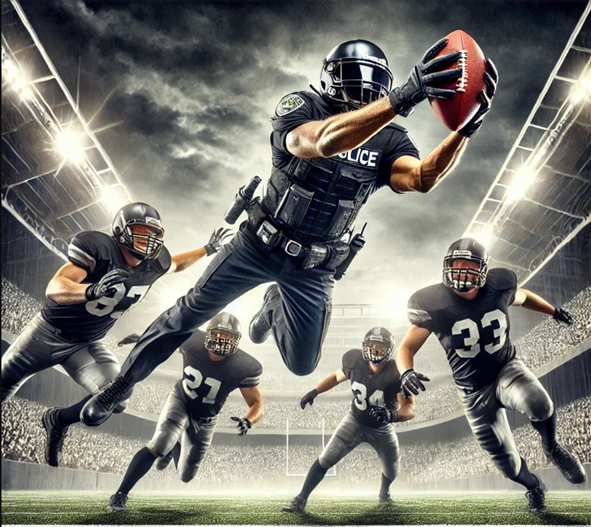
Dr. Tony Kern
By way of introduction to the weird metaphor to follow, I was asked to write a feature article on professionalism by your leadership. As I sat down to write in my outdoor office, I felt the faintest hint of a chilly (by Texas standards) north breeze – perhaps the first hint of fall? I was also the opening week of college football season, so maybe. Then it all came together: Georgia, college football, and professionalism. Everyone in the nation is undefeated at this moment. Hope springs eternal and this will be our season. So, find your seat, grab your bag of popcorn or $8 hot dog and a beer, here we go.
Professionalism is like a long arcing spiral from former UGA Bulldog legend Matthew Stafford, propelled downfield from his own 20-yard line deep towards a streaking receiver. The source of this bomb is pure, a perfectly spinning force of professionalism. We are the receiver, blanketed in the double coverage of our day-to-day challenges. Can we make the catch?
In this case, Stafford’s pass has been in the air for 600 years.
A Brief History of Professionalism
The word professional itself comes to us, like most of our words, from the Latin, through Medieval French and into Olde and Middle English. We’ll start with the root profess, which comes from the Latin word profiteor, “to acknowledge, confirm, promise, confess.” The original term was used to refer to those who were seeking to become part of a religious order. According to the Oxford English Dictionary, considered the authoritative dictionary of the English language, the first recorded occurrence of “professional” was circa 1420, and it did indeed refer to “pertaining or making entrance into a religious order.” Tracing the use of the term through the next few hundred years seems to indicate that the early meaning of a profession was some type of solemn oath, along the lines of what we might use the words vow, oath, or promise in modern English. And it is this obligatory sense of the word that is carried into the first trade organizations.
The birth of the professions can be traced to initial specialization of craftsman that predates written language itself. It is clear from observation of stone tools and ancient architectures that groups of commonly skilled craftsmen existed long before the dawn of the written word. Stone carvers, lance makers, bow makers, and early architects all practiced common skills across great regions, and over time, these skills migrated to other tribes and locations.
One can speculate that these skills were transferred generationally from father and mother to son and daughter. However, when the workforce needed to be expanded to meet the survival demands of the tribe or clan, some form of specialized training was developed. It would not do to have a limited supply of arrowheads or crooked spears and arrows when the neighboring tribe showed up looking to expand their hunting grounds and take away your women and children. It would not be long until skilled craftsmen became aware of their unique value and organized. In pre-industrial cities, craftsmen began to form associations based on their trades.
The Rise and Fall of the Professional Guilds
The creation of the first true professional organizations began to emerge over 2,000 years ago. There is considerable evidence of associations of skilled craftsmen in ancient China, the Middle East, and Europe as early as 200 B.C.
Guild officials understood that it was vitally important to match tradecraft masters and apprentices through monitored learning since, in many cases, the needed skills took many years to acquire. In this manner, the early guilds were among the first to establish formal standards for training of craftsmen and quality of product. A hierarchy and progression of craftsmen soon followed. The guilds became the earliest versions of the tight downfield spiral.
Over time, the focus on economic and employee protection proved to be undoing of the guilds. Sheilagh Ogilvie, a Professor of Economic History at the University of Cambridge, argues that the guilds’ focus progressively shifted away from quality and training and almost exclusively towards employee protection, compensation, and ideological control. This negatively affected quality, skills, and innovation, and the growing middle class recognized it. The guild system was targeted for destruction by the monarchs because they appeared to oppose free trade and hinder business development among those who would develop tradecraft into successful industries. Modern organizations would do well to heed this lesson of history.
The Rise of the Regulator
With the fall of the guilds came the need for someone to fill the void in quality control and training requirements that were once provided by trade guilds. This void was eventually filled by the creation of state-sponsored regulators, whose sole purpose was to set minimum standards of qualification and public protection. It remains so to this day. With the rise of the regulator, our tight spiral of professionalism began to wobble and continues to do so to this day.
In our modern world of minimum standards, professionalism seems to be something that is best recognized by its absence, and that is a major part of our current challenge. It seems the only time we really hear anything about the topic is when it reaches the level of degraded performance where one can’t ignore it any longer; therefore, beginning to understand the true nature of this elusive concept might best begin by looking at what professionalism isn’t.
Let’s define some of the negative space by looking at a legal definition of unprofessional.
Unprofessional adjective: amateurish, contrary to professional ethics, improper, imprudent, inappropriate, injudicious, nonexpert, not of high standards, unbusinesslike, undignified, unethical, unfitting, unscholarly, unseemly, unsuitable for the culture or profession.
From this definition we see several elements emerge, including ethics, expertise, judgment, knowledge, courtesy, competence, selflessness, and appearance, among others. But can something as vital as professionalism be allowed to be defined merely by the absence of its negative? The answer to this question is far more than semantics because it deals with the critical issues of resources, attention, and priorities. If we do not choose to make the pursuit of professionalism separate from the frequency of its antithesis, we are unwittingly committing to a reactive, start and stop process driven by the behaviors of our least professional cadre. That doesn’t make sense, because even if we experience a prolonged absence of unprofessional acts, we get no closer to the tight spiral that is professionalism.
Levels of Professionalism
So where are we today? We have turned a once powerful concept into an assumed competency and a negative connotation whenever it gets brought up. That, ladies and gentlemen – we cannot let stand. So, I want to briefly review five levels of professionalism that can give us some 21st century guidance on how to climb back up the professionalism ladder. To do so, consider the following five levels or professionalism.
- Level 1 – I have a job in a profession. I’m not necessarily compliant with all the rules, but enough to stay out of trouble. At least for now.
- Level II – I am fully compliant with the minimum standards of my job. I don’t go above or beyond because I don’t need to.
- Level III – I am not only fully compliant, I am fully engaged and getting better every day with the resources I have at hand and of my own volition.
- Level IV – L III’s make others better. Mentors, role models, game changers of entire cultures.
- Level V – Formal leaders with Level II, III, and IV standards and talents.
So what level are you? That is a trick question because we all jump up and down this ladder. A Level IV game changer is only one noncompliant act from regressing to Level I. The better questions to ask are what level of professionalism am I currently operating at? What do I need to change or improve to become a higher level of professional? Am I willing to put in the effort to do so? Can I make this catch, right now, when it matters?
To be brutally honest, organizations have a hard time realizing this is important to them. The natural reaction from many inside any organization to reports of unprofessional behavior or calls for greater professionalism is to (1) deny the problem, (2) band together in a defensive posture, and (3) attack the messenger. Time and again we have seen this play out to the detriment of all involved. This cultural dynamic sets up a situation where challenging the status quo from the inside puts one at risk of ridicule and ostracism. I have seen this across multiple industries for years. To defeat this opponent and high point the spiral under double coverage, we need leaders.
The Costs of Level V Leadership
Kirby Smart, head coach of the Georgia Bulldogs, has spoken about the “three costs” of leadership that every leader must accept. These difficult truths highlight the challenges that come with being a leader trying to drive higher levels of professionalism.
- Negative Impact on People You Care For: “As a leader, you will often have to make decisions that negatively impact people you care about. This can be particularly challenging because, despite your best intentions, the outcomes of these decisions may cause discomfort or harm to others.”
- Being Disliked: “No matter how hard you try to do what’s best for the most people, you will inevitably be disliked by some. Leadership requires you to make decisions that won’t always be popular, and it’s crucial to accept that not everyone will be happy with your choices.”
- Being Misunderstood: “Leaders will often be misunderstood, and there will be times when you won’t have the opportunity to explain or defend your decisions. Misunderstandings are part of the leadership journey and handling them with grace is essential.”
These principles emphasize the emotional and psychological burdens that come with leadership, underscoring that it’s not just about making decisions but also about managing the personal costs that come with those responsibilities.
The Mathematics of Unprofessionalism
Based upon the simple mathematics of exposure, the real problem of unprofessional behavior is not the one-off events that make the news. It’s not the crooked cop on the take, the sadistic bully, the adrenaline-fueled overreaction caught on a cell phone video and posted to YouTube. It’s the dispatcher who is rude to a first-time caller who will never call in a hotline tip again, the abrasive patrol officer who stokes anti-government resentment with his consistently negative attitude day in and day out, or the public affairs representative who doesn’t promptly return phone calls and drives previously friendly media into an antagonistic mode. If we stop to think and play each of these scenarios out over the hundreds of lives touched by each of these individuals, what you come up with is a true equation for the staggering costs of unprofessional behavior in our organizations. These individuals can’t catch the ball because they can’t see the ball.
The Way We Never Were
Perhaps we haven’t lost our professional way; we may have never known it, at least not collectively. This may seem difficult to accept for those whom a set of core principles of professionalism were provided at some point in their lives by their parents, coaches, scoutmasters, or trainers. But the evidence suggests that this “common understanding” is becoming less the norm than the exception, and frequently leads to a nostalgic approach often referred to as “back to basics.” Without a common understanding, that is a failed strategy from the beginning, like trying to catch a Stafford bomb with a blindfold on.
I speak to a lot of law enforcement types, and I get frequently asked, is there really a professionalism problem in law enforcement? I really don’t know enough to answer that question, but I can say with certainty, there may not be a professionalism problem, but there is certainly a professionalism opportunity. The most important question I will leave you with is this – will you grab that ball and seize it for another Bulldog touchdown? If we want to beat the metaphorical equivalent of Florida, Auburn, or Alabama, we need to see the ball, catch the ball, and score the touchdown.
If this has caught your attention, and you want to attend the “Manning Camp” of professionalism, drop me a line at tony@convergentperformance.com.
1 Citaton one goes here
2. Citation two goes here
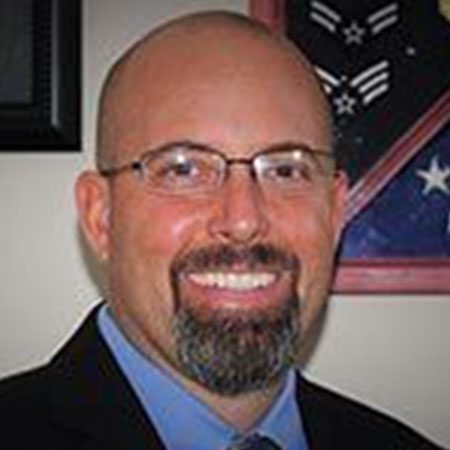
David Blake
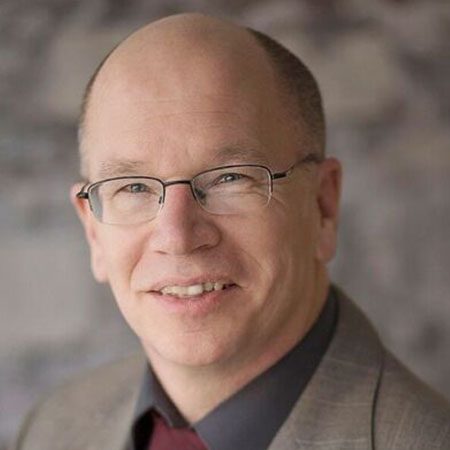
Duane Wolfe

Guler Arsal
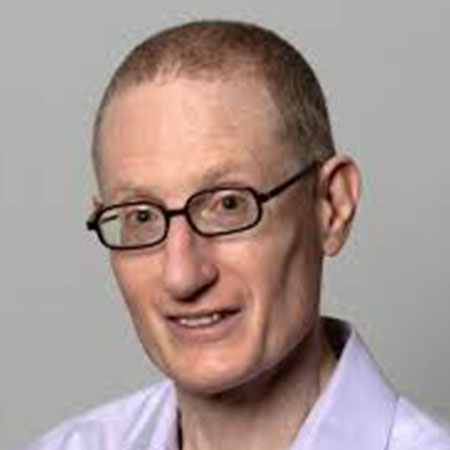
Joel Suss
Research contributor and author info go here.

Dr. Tony Kern
Dr. Tony Kern, Lt Col, USAF (Ret) is one of the world’s leading authorities on human performance in time-constrained, error intolerant environments and has received multiple awards for his work. Tony is the author of nine books on human performance and also a featured columnist and Contributing Editor for Skies and Valor magazines.
Despite his numerous advanced degrees, Tony does not consider himself an “academic.” He has deep operational roots in the U.S. Air Force as a Command Pilot and Flight Examiner in the B-1B bomber, as well as diverse senior staff and leadership experience.
Tony enjoys hunting, fishing, sports of all kinds, and writing. He and his wife of 38 years currently live with their animals—surprising in both their number and variety—on a Texas ranch in the Hil Country west of San Antonio.
Want to hear more human performance insights from Dr. Kern? Follow his weekly podcast “Only Human with Dr. Tony Kern at https://podcasters.spotify.com/pod/show/onlyhumanwithdrtonykern








